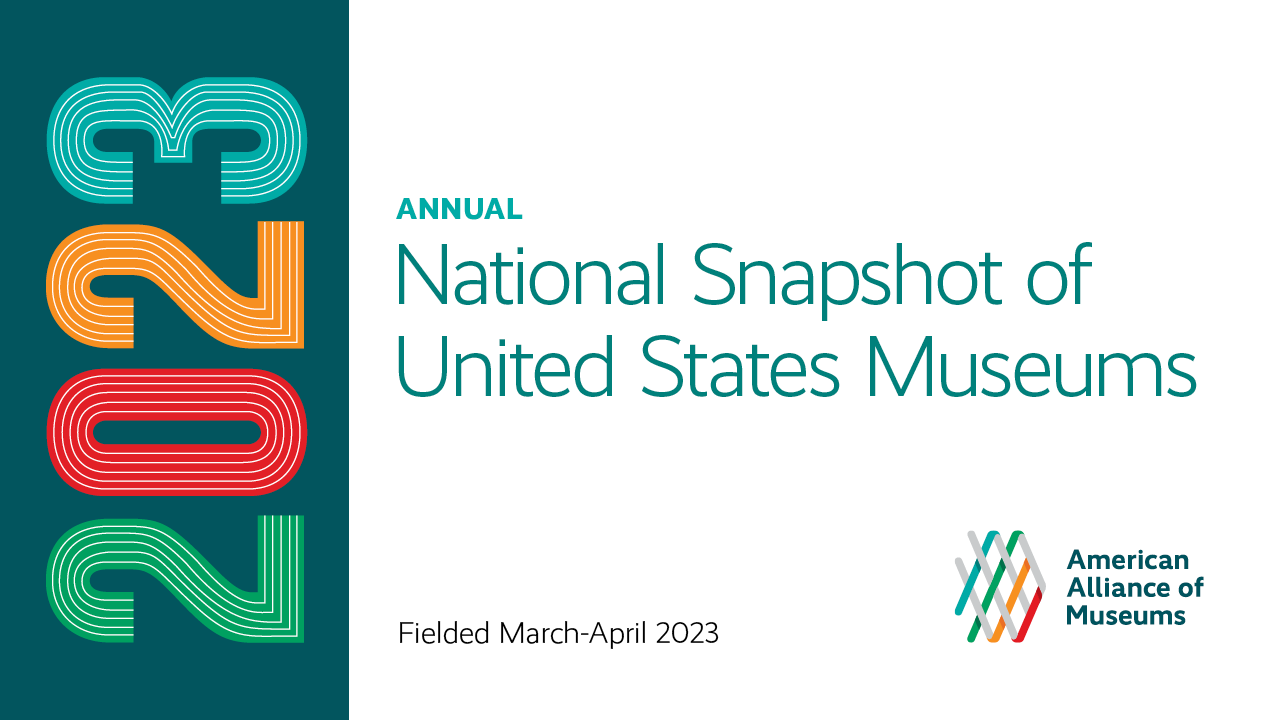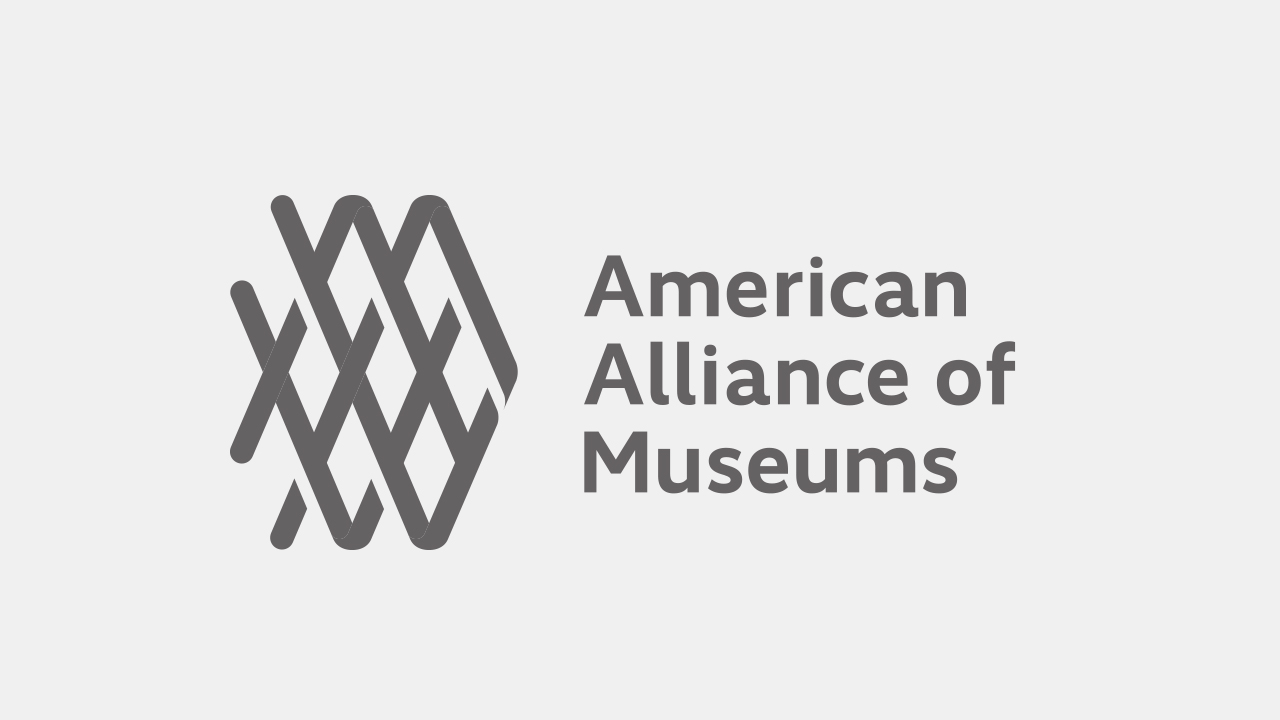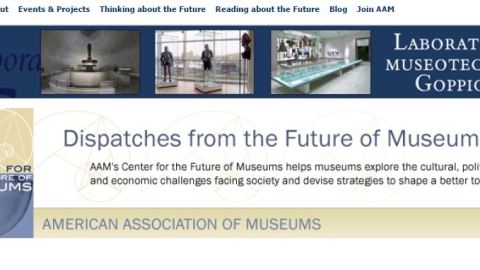
The 2023 Annual National Snapshot of United States Museums survey, conducted by AAM and Wilkening Consulting, was fielded March-April, 2023. Over 300 museum directors responded to this AAM survey on their organizations’ behalf, representing a broad cross-section of the field in geography, size, and discipline. The survey tracked key metrics the Alliance began to collect in June 2020 to assess the impact of the COVID-19 pandemic on museums and other topics of concern for the museum field.
While museums continue to recover from the profound damage inflicted by the COVID-19 pandemic, recovery is inconsistent across the field:
-
One-third of responding museums have rebounded to pre-pandemic attendance levels. Two-thirds continue to experience reduced attendance, averaging 71% of their pre-pandemic attendance.
-
88% of respondents who received a Payroll Protection Program (PPP) loan cited it as being very important to helping their institution survive the pandemic or that they probably would not have survived without it.
-
Financial recovery from the damage of the pandemic has been inconsistent, with 30% of museums seeing decreases in net operating performance, 39% experiencing increases, and 31% seeing no change.
-
Looking forward, 46% of respondents project their bottom line will increase this year compared to 2022, 16% expect decreases in their bottom line, and 38% expect no change.
-
26% of responding museums have not recovered to their pre-pandemic staffing levels. Of museums recruiting for job openings, 60% report trouble filling open positions, primarily among front-line roles.
-
Many museums are changing staff compensation packages and working conditions, including half of respondents who have shrunk the gap between their institution’s highest and lowest salaries and 50% implementing new initiatives to enhance staff wellness.
-
Since 2019, 11% of museums have automated some processes or tasks formerly performed by staff. Within the next year, an additional 15% intend to automate some tasks performed by staff, showing an increasing trend in automation.
Read and download the full report: Digital | Print-friendly version







